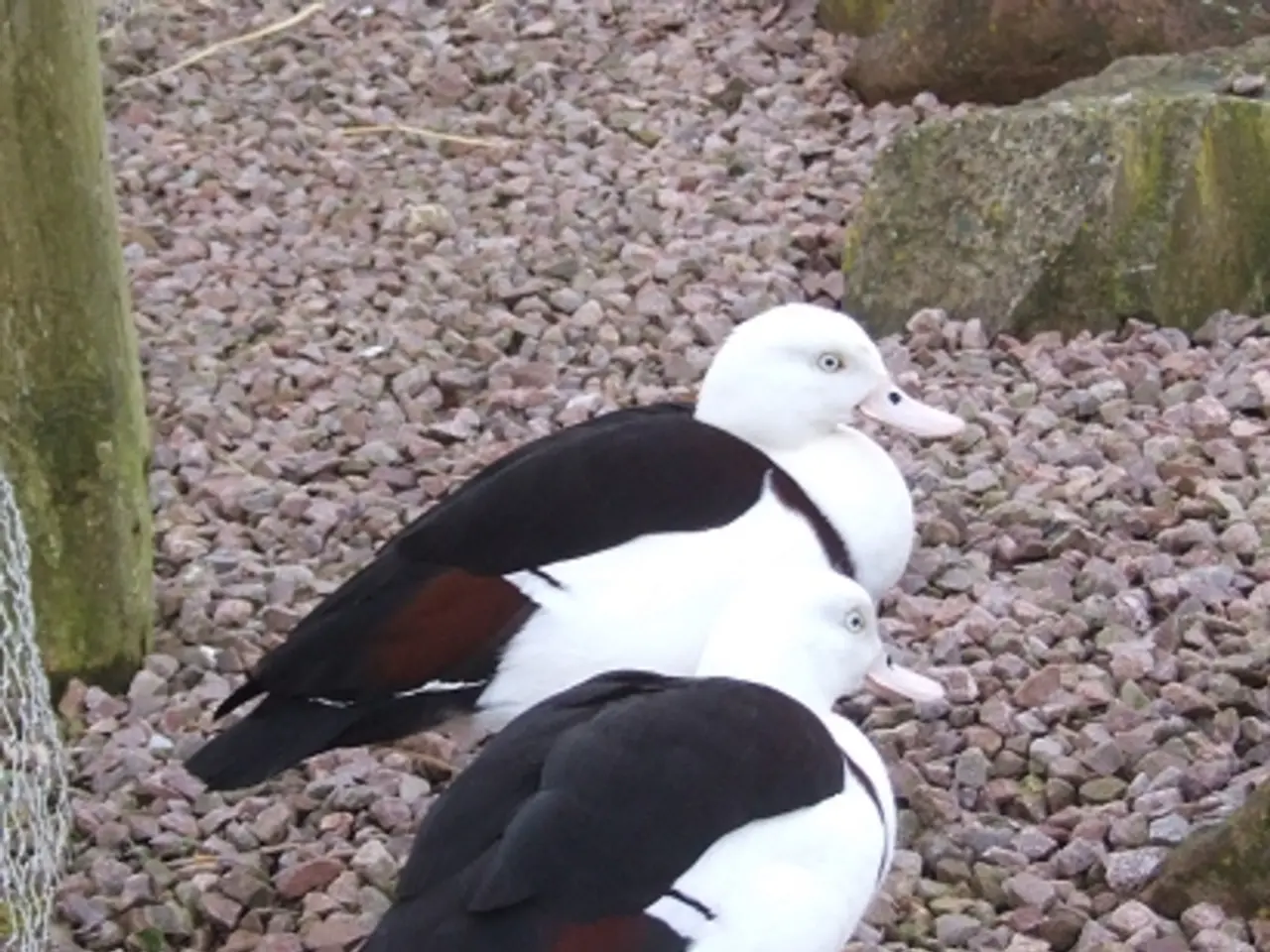Destructive Insects Targeting Peas and Beans in Farming Operations
Solving the Pea and Bean Weevil Problem: A Comprehensive Organic Approach
Pea and bean weevils may be an annoying presence in your veggie patch, but they rarely pose a significant issue. The larvae dwell in the soil, feasting on the root nodules. When the adults emerge in June and July, they ascend the plants and chomp on the leaf edges. Don't worry; these 4mm-long, brown, snout-nosed critters usually don't inflict severe harm. The plants generally recover, provided they're not small and severely infested.
Symptoms to Look Out For
In early summer, as weevils burst from the soil, they dine on broad beans and peas leaves. They nibble U-shaped notches out of the leaf edges.
Where You'll Find Them
broad beans, peas
Battle Strategies - Organic Style
Here's a mix of prevention, cultural control, biological tactics, and physical management to tackle pea and bean weevils organically:
- Smart Planting and Rotation
- Plant broad beans and peas at optimal times to dodge peak weevil activity.
- Rotate these crops with unrelated ones annually to disrupt weevil lifecycles and diminish soil-borne pest populations.
- Soil Cultivation
- After harvest, cultivate the soil to expose overwintering pupae and larvae to natural enemies and harsh weather, impacting the pest's life cycle.
- Scents and Companions
- Use aromatic plants like garlic or marigolds as neighbors to deter weevils and other pests.
- Attract beneficial insects like ladybugs and lacewings by planting flowering companions.
- Physical Barriers
- Use row covers or fine mesh netting to keep adult weevils at bay.
- Trap Crops and Seed Management
- Plant sacrificial crops that lure pests away from your main crop. Regularly dispose of infested plants to lower populations.
- If saving seeds for next season, freeze-dry them for 24–30 hours to eradicate any weevil eggs or larvae inside.
- Ensure pods are completely dry before shelling and storing seeds to lessen the risk of infestation during storage.
- Integrated Pest Management (IPM)
- Regular inspections can help identify weevil damage (notched leaf edges, holes in seed pods, adult beetles).
- If infestations are small, pick off adult weevils by hand.
- Organic sprays, like neem oil or insecticidal soap, can be used as spot treatments, although their efficiency against adult weevils might be limited.
In terms oforganic gardening, smart planting and rotation of broad beans and peas can help avoid peak weevil activity, as well as rotating these crops annually with plants unrelated to them to curb weevil lifecycles. Additionally, for home-and-garden enthusiasts dealing with pea and bean weevils, interplanting aromatic plants such as garlic or marigolds, and encouraging beneficial insects like ladybugs and lacewings, can act as natural deterrents and allies in maintaining a healthy lifestyle and garden.




